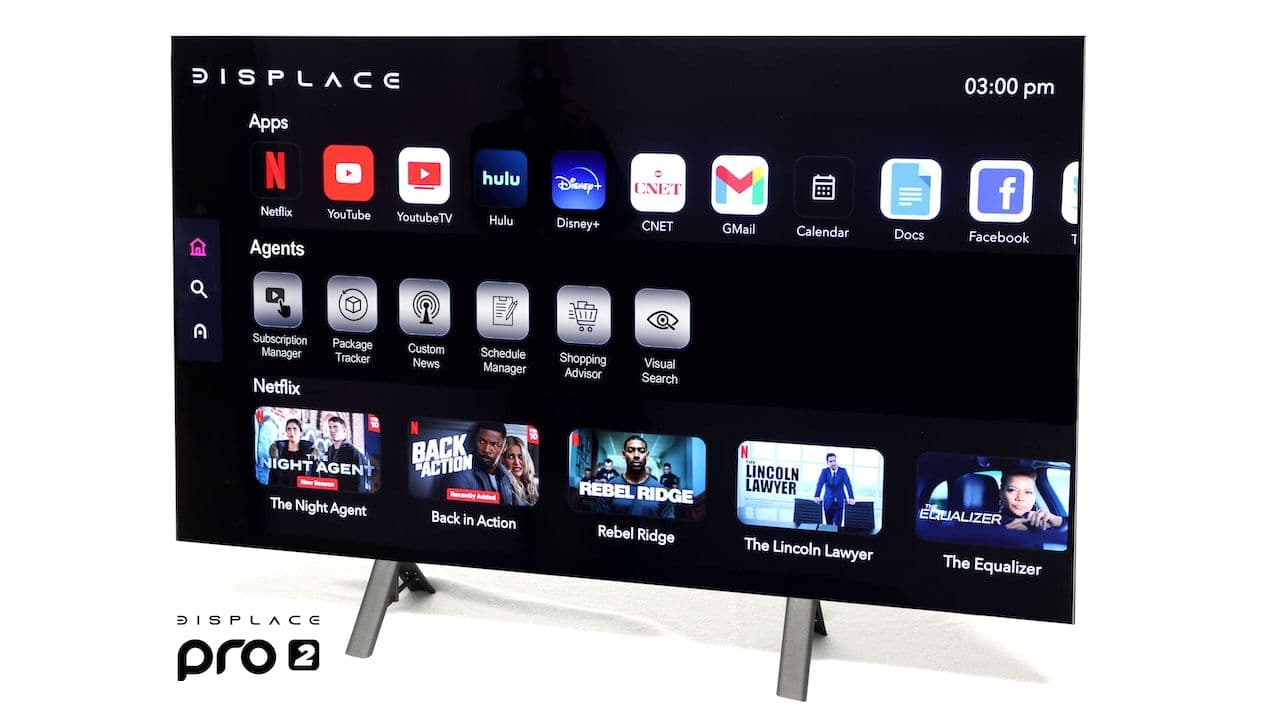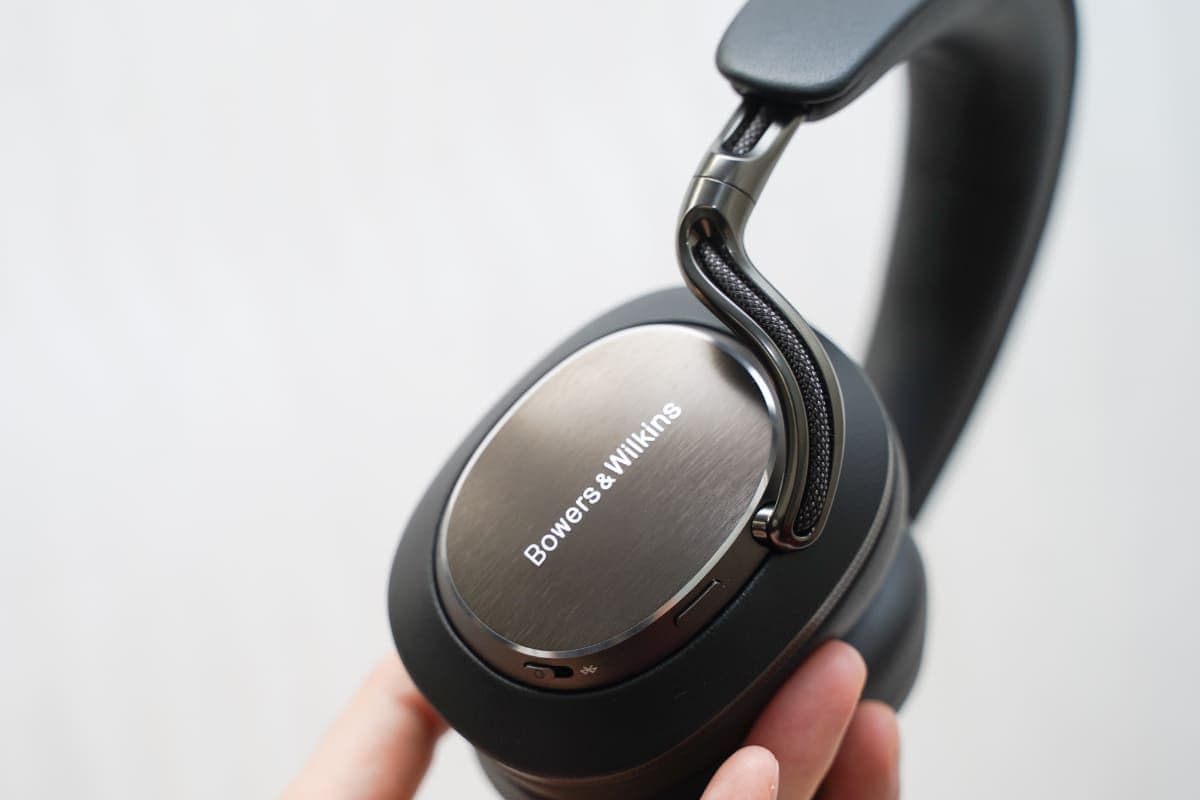A Look at Spotify's "Supremium" Tier
By HiFi Editorial1 January 2026

Key Highlights
Spotify's rumored "Supremium" tier sparks debate over audio quality, pricing, and value-added features like audiobooks.
Apple Music and Deezer offer competitive hi-res audio quality at lower price points, challenging Spotify’s perceived value.
Spotify's music discovery algorithms and flexible playlist limits remain standout strengths but face criticisms about effectiveness.
In recent times, the landscape of music streaming services has become a battleground for audio quality. With Spotify's rumored "Supremium" tier, a volley has been fired that adds a complex layer to the ongoing conversations about sound quality, value, and the features that users genuinely desire.
The Value of Quality: Spotify vs. Competitors
Deezer offers Redbook quality FLAC at $11 a month. Meanwhile, Apple Music is comparably priced and boasts hi-res audio. Users often argue that the quality of Apple Music far exceeds that of Spotify, even in standard AAC formats. However, others appreciate Spotify's robust feature set, particularly its music discovery algorithms.



